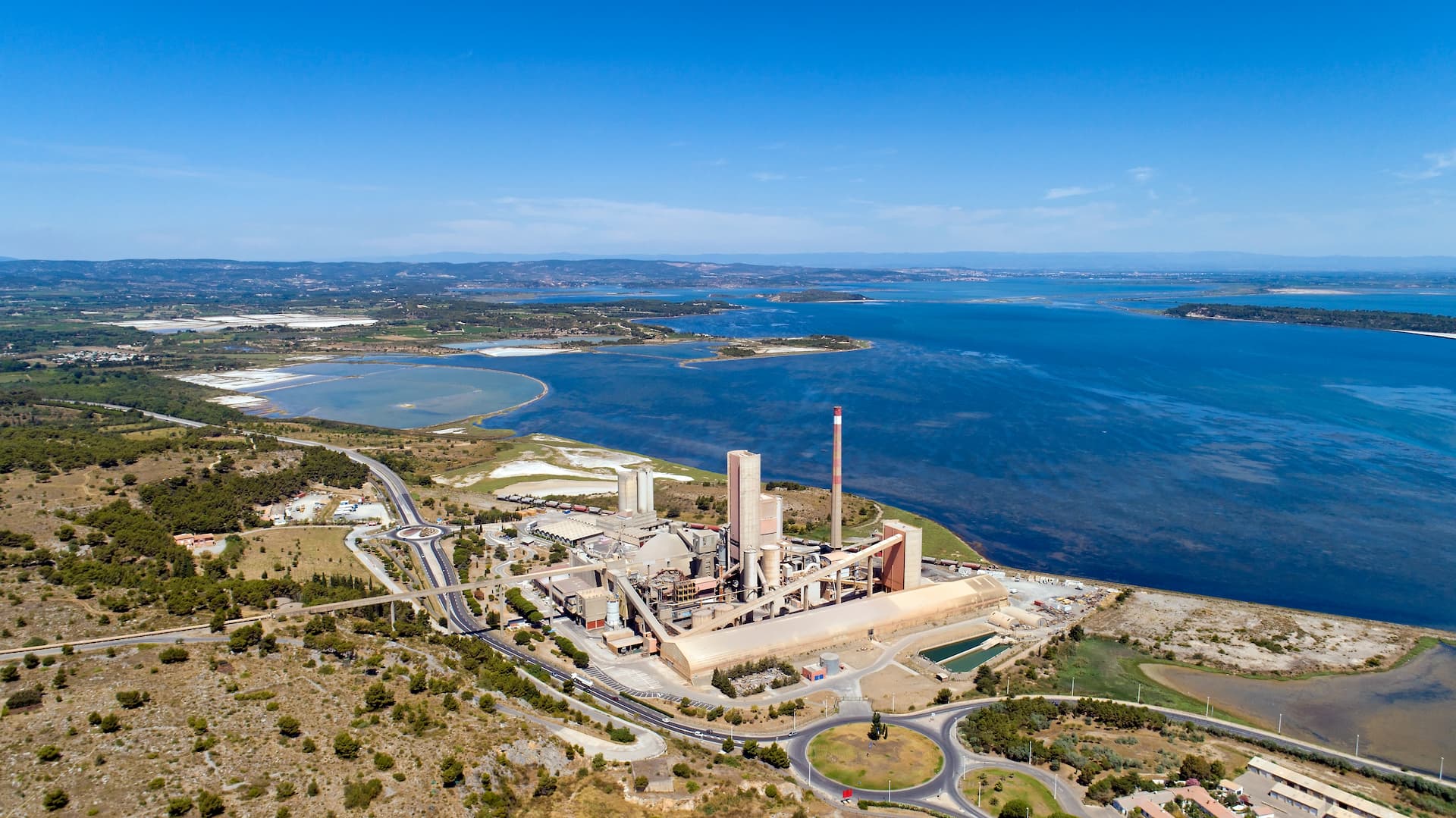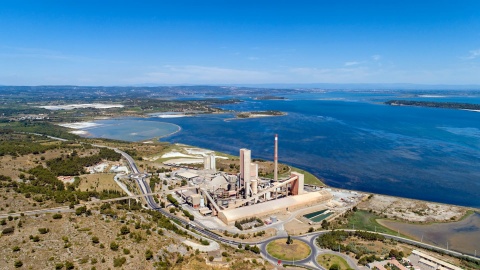 New research from the European Commission’s Joint Research Centre (JRC) shows circular economy principles could deliver an additional 38-52 million tonnes of CO₂-equivalent emissions reductions annually from Europe’s cement and concrete sector by 2050.
New research from the European Commission’s Joint Research Centre (JRC) shows circular economy principles could deliver an additional 38-52 million tonnes of CO₂-equivalent emissions reductions annually from Europe’s cement and concrete sector by 2050.
The multi-model assessment, Environmental and Socio-Economic Impacts of the Circular Economy Transition in the EU Cement and Concrete Sector, analysed 11 circular economy levers across the sector’s value chain under an “Ambitious Circularity” scenario. The findings show that circular approaches could enhance the EU’s trade balance by €6.1 billion annually through reduced imports of fossil fuels and raw materials.
The research employed three scenarios to assess circular economy contributions. The baseline assumes successful energy decarbonisation, including 25 per cent deployment of carbon capture and storage at cement plants, but no new circular economy policies beyond current measures.
Current cement production accounts for approximately 4 per cent of EU greenhouse gas emissions, with the sector facing requirements to achieve climate neutrality by 2050 under European climate legislation.
Production intervention impact
The analysis reveals that interventions focused on production and design phases deliver significantly greater environmental and economic benefits than end-of-life recycling approaches. This reflects fundamental imbalances in material flows, where construction inflows currently exceed demolition outflows by ten-fold.
Construction inflows are projected to remain five times larger than demolition outflows by 2050, meaning perfect recycling of demolition waste can only displace a fraction of virgin material demand.
Clinker substitution represents the most effective single intervention, potentially saving 14.7 million tonnes of CO₂-equivalent annually. The process involves increasing supplementary cement materials share in cement from 23 per cent to 43 per cent, reducing reliance on clinker – the high-emission ingredient produced by heating limestone. The analysis models a shift from traditional materials like blast furnace slag towards calcined clay and limestone.
Concrete reduction through improved building design could save 14.4 million tonnes annually by addressing widespread over-specification in construction, where buildings typically use 30-40 per cent more concrete than structurally necessary. While lifetime extension of buildings from approximately 70 to over 90 years could save 8.0 million tonnes annually through renovation and adaptation, directly reducing demand for new construction materials.
The report also proposes that use of binders like calcium sulfoaluminate cement, with inherently lower process emissions, could replace 7-10 per cent of conventional cement market share, saving 6.6 million tonnes annually.
Advanced recycling technologies that recover cement fines from demolition waste could save 2.5 million tonnes annually. The research shows these approaches deliver 20 times greater climate benefits per tonne than conventional aggregate recycling. This is because these innovative systems, such as Advanced Dry Recovery, go beyond simple crushing. They separate out the original cement paste – the ‘glue’ that holds concrete together – from the sand and stone. This recovered cement can then replace a portion of new, carbon-intensive clinker in the manufacturing process, striking at the heart of the sector’s emissions and creating a truly circular material.
The analysis found substituting 10 per cent of concrete in buildings with cross-laminated timber would increase emissions by 3.4 million tonnes annually in 2050 context, reflecting lifecycle impacts of forestry, processing, and transport against a decarbonised energy system.
The economic analysis indicates slight decreases in EU GDP (0.15 per cent) and employment (0.093 per cent) compared to baseline growth, masking industrial transformation towards higher-value, technology-intensive roles.
Job growth is projected in selective demolition, advanced recycling facilities operation, and alternative binder manufacturing. Traditional mining, quarrying, and conventional cement production would contract.
The JRC report suggests that public procurement with mandatory circularity criteria could create lead markets for sustainable products. Strategic funding through Horizon Europe and the EU Innovation Fund should prioritise advanced recycling technologies and cement plant retrofitting for novel cement production.
Higher, harmonised landfill taxes and selective demolition incentives would improve recycling economics versus disposal.
The findings support the forthcoming Circular Economy Act, due for adoption in 2026, which transitions from voluntary plans to legally binding requirements. The updated Construction Products Regulation creates data infrastructure for circular value chains through digital product passports and environmental performance reporting.
The Carbon Border Adjustment Mechanism levels carbon cost playing fields between EU and non-EU producers. The circular strategies identified offer complementary competitiveness pathways through intrinsic emissions reductions.
Recent analysis by Material Economics estimates circular economy approaches could reduce heavy industry emissions by 56 per cent by 2050, with cement among the highest potential sectors. 
